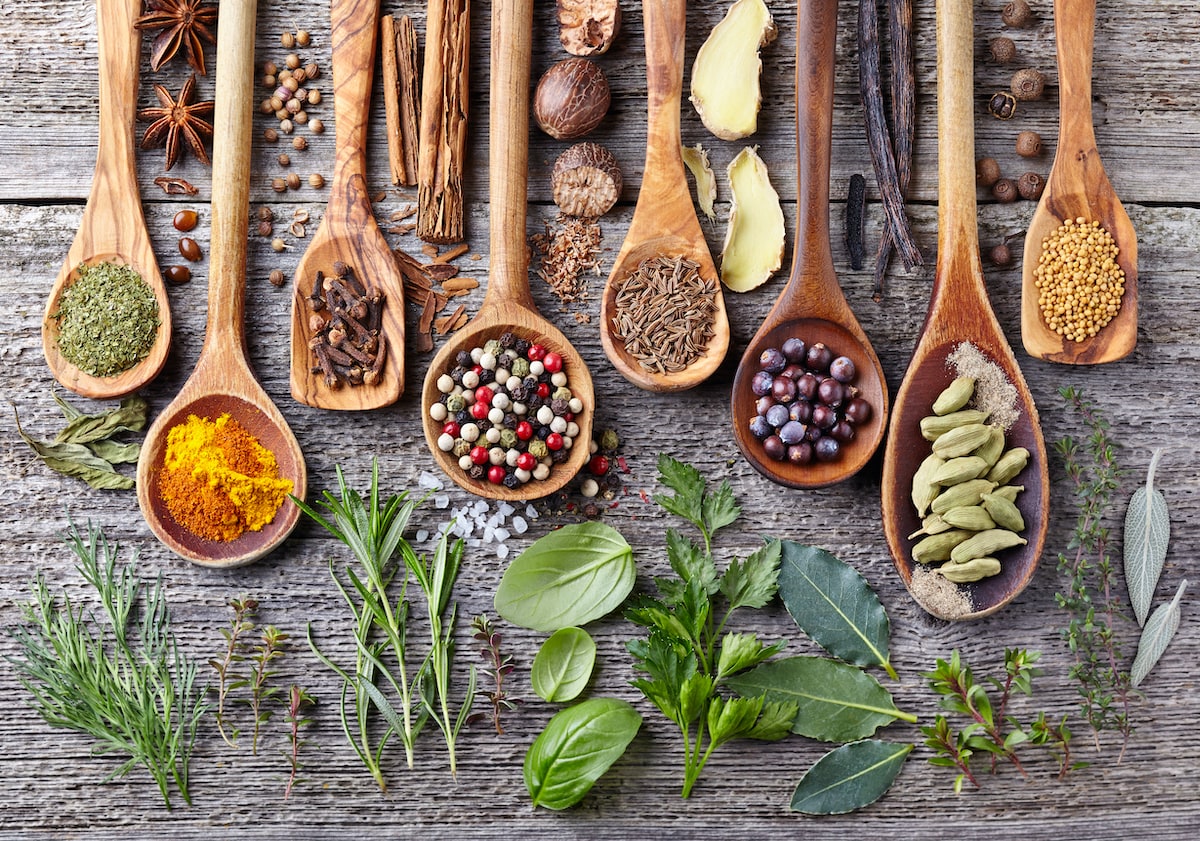
“What is a weed? A plant whose virtue has not yet been discovered.” – Ralph Waldo Emerson
Herbalists have long been aware of the therapeutic benefits of cannabis. For much of history, many medicine gardens contained a cannabis plant where it was used for tinctures, salves and smoke.
Modern herbalists tend to view cannabis as an important one, but by no means the only powerful plant in the arsenal of medicinal herbs.
Mary Pat Palmer, founder of the Philo School of Herbal Energetics in Mendocino County says growing cannabis is part of her apprenticeship program. Palmer takes on 12 students a year from March through September for an intensive, land-based program that teaches people how to grow and use medicinal herbs. As part of the overall program she says, “I do include cannabis and how to grow it. For me, it’s a medicine, but it’s one of many.”
Palmer says she hasn’t smoked herself since she was 25, but uses it frequently as a topical application. “For nearly 12 years I’ve made an arnica salve that includes cannabis as well as St. John’s wort and comfrey. It could include other things. I might change it depending on what I have.” She says it’s particularly beneficial for healing bruises, sports injuries and other kinds of painful injuries,
It’s not just topicals where Palmer sees potential. As cannabis therapy becomes increasingly more mainstream, she says, “I believe the future is about combining cannabis with other herbs for medicine.”
One of the areas Palmer sees as especially ripe for experimenting with blends is tinctures. These liquid extracts are usually made with alcohol, although vinegar or vegetable glycerine may also be used. The beauty of tinctures is you only need a small amount and since they are taken under the tongue, they are quickly absorbed into the bloodstream.
Although cannabis tinctures are fairly available, Palmer believes there is still room for a lot of growth.
For instance, a sleep blends might include a strong indica blended with catnip, chamomile or lemon balm. If it’s rejuvenation you’re looking for, a sativa with gotu kola or St. John’s wort could do the trick. Palmer says, “I’d love to see more tinctures developed. I make several blends such as passion flower, hops and cannabis. There are so many ways to go.”
Edibles are the classic place for experimental cooks to try different combinations. In edibles Palmer sees a need for more organic offerings. “There are a lot of products out there with a high sugar content. Is that the direction we want to go in?” she asks. “There’s a real need for healthy snacks. For instance, a rosemary and cannabis cracker with olive oil.”
Cannabis cooking can also easily be adapted to many types of special diets – paleo, vegan and anti-inflammatory – to name a few. While it’s a healing plant, the taste deters many people, but skillful blending of herbs can enhance the dish and temper the strong taste of the cannabis.
Herbal blends can also enhance the smoking experience. Palmer says, “I know people already who are doing CO2 extractions from things like turmeric for instance and different oils that will go along with cannabis.”
Palmer believes many of these herbal blends can work as lung remedies, helping people to stop smoking. For example, “If people are vaping they might do a blend of mullein, which is an age-old smoke remedy for challenged lungs, perhaps a little lobelia and cannabis.” Even when smoked, mullein can help heal and restore the lungs. There has been some indication that cannabis may work the same way.
If you want to experiment with blending herbs for health or culinary reasons, Palmer and many other herbalists encourage beginning with what’s growing around you. Ayurvedic medicine also encourages us to make use of local, native plants. Some, such as dandelions, may be so common we consider them weeds. Yet, if we look closer, we will likely find they are filled with healing potential.
All parts of the dandelion can be used or eaten. The roots make a delicious dandelion wine, the leaves can be a healthy salad and the blossoms can be infused in oil for a soothing salve that can help ease inflammation – and for extra-deep pain relief, mix it with cannabis.
As cannabis becomes more normalized and mainstream, we can be certain that more and more creative blends will arise. We’re surrounded by natural medicine, and the cannabis revolution is helping to fuel to the local food and medicine movement as well.




Leave a Reply